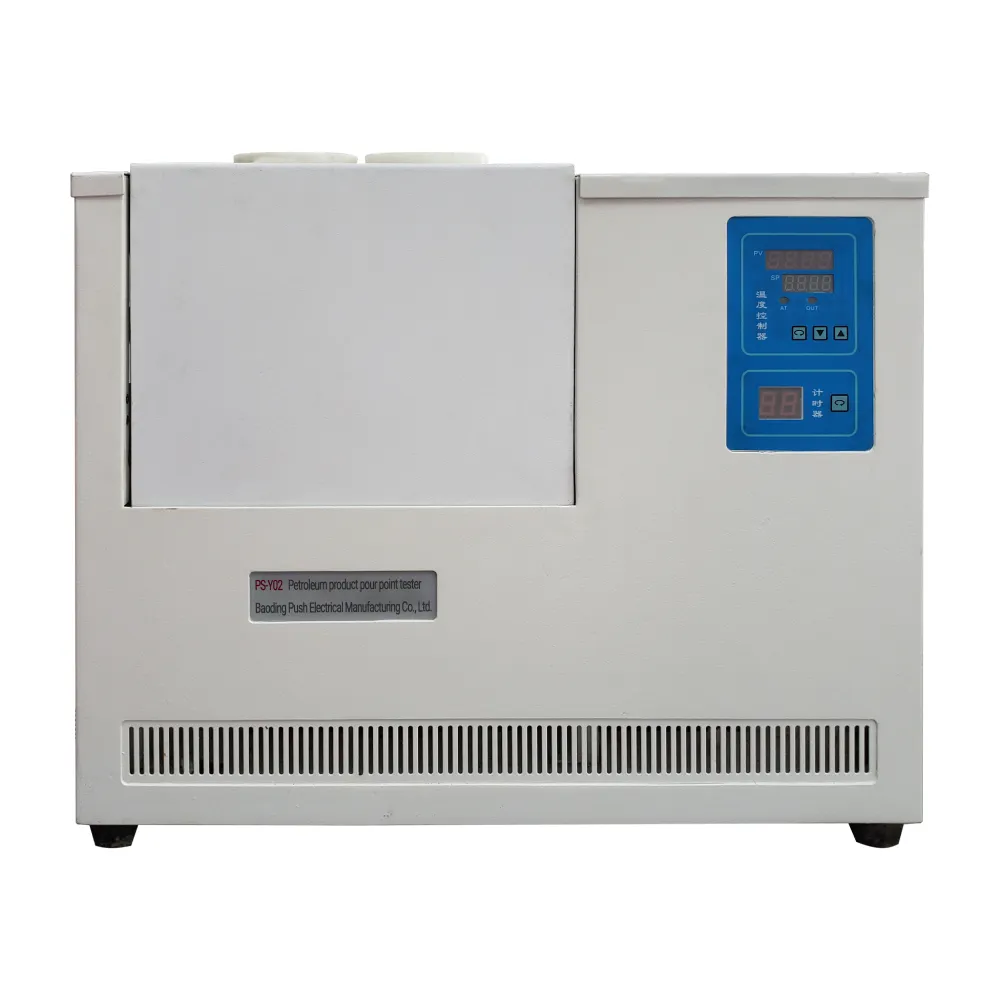 English
English


pv insulation tester
Understanding PV Insulation Testers Importance and Functionality
In recent years, the global shift towards renewable energy sources has led to significant advancements in photovoltaic (PV) technology. As solar energy continues to gain traction as a sustainable energy solution, the reliability and safety of solar panel systems have become paramount. One essential tool in ensuring the integrity of these systems is the PV insulation tester. This article will explore the importance, functionality, and best practices related to PV insulation testers.
What is a PV Insulation Tester?
A PV insulation tester is a specialized device designed to evaluate the insulation resistance of photovoltaic systems. These testers analyze the insulation properties of solar panels, cables, and associated components to ensure they are functioning safely and effectively. Proper insulation is crucial in preventing electrical faults, which can lead to system failures, fire hazards, or even electrical shock.
Why is Insulation Testing Important?
1. Safety Concerns The primary reason for conducting insulation tests is safety. Insulation failures can result in short circuits or ground faults, leading to severe consequences, such as electric shocks or fire outbreaks. By regularly testing the insulation resistance, potential hazards can be detected and mitigated early.
2. System Reliability High insulation resistance indicates a well-functioning and reliable PV system. Poor insulation can compromise system performance, resulting in decreased efficiency and productivity. Regular testing helps to ensure the long-term reliability of solar installations and supports optimal energy production.
3. Compliance and Standards Various safety standards and regulations govern the installation and maintenance of PV systems. Insulation testing is often a requirement for compliance with these standards, ensuring that installations meet specific safety criteria.
4. Preventive Maintenance By incorporating insulation testing into a routine maintenance schedule, potential issues can be identified before they develop into serious problems. This proactive approach can save time and costs associated with extensive repairs and downtime.
How Does a PV Insulation Tester Work?
A PV insulation tester operates by applying a high-voltage DC signal to the insulation material and measuring the resulting current flow. The key parameters evaluated include
pv insulation tester

- Insulation Resistance The primary measurement is the resistance across the insulation. Higher values indicate better insulation integrity. - Dielectric Absorption Ratio (DAR) This ratio compares the insulation resistance taken after a specific duration (usually one minute) against a shorter time frame to assess insulation aging. - Polarization Index (PI) This is calculated by taking the ratio of the insulation resistance after 10 minutes to the resistance measured after one minute. A high PI value suggests that the insulation is in good condition.
These measurements provide essential insights into the health of the PV system's insulation
.Best Practices for Using PV Insulation Testers
To maximize the effectiveness of insulation testing, here are some best practices
1. Training Ensure that personnel operating the testers are properly trained. Understanding the equipment's functionality can prevent incorrect usage and ensure accurate readings.
2. Regular Testing Incorporate insulation testing into routine maintenance schedules. Seasonal inspections are advisable, particularly in areas prone to harsh weather conditions.
3. Follow Manufacturer Guidelines Always refer to the manufacturer’s instructions for testing procedures and safety precautions. This ensures the tester’s accurate functioning and maintains safety.
4. Document Results Keep meticulous records of each test, including the date, measured values, and any observations. This documentation can help track trends over time and support maintenance decisions.
5. Take Multiple Readings For accurate assessments, it’s wise to take multiple readings at different times, if possible. Variability in conditions can affect results.
Conclusion
A PV insulation tester plays a critical role in maintaining the safety and efficiency of photovoltaic systems. By ensuring that insulation remains intact, users can prevent electrical hazards, uphold system reliability, and ensure compliance with safety standards. As the demand for solar energy continues to grow, the significance of insulation testing will only become more pronounced, making it an essential aspect of solar system maintenance and operation. Investing in proper testing protocols and equipment is a step towards a sustainable energy future, one that prioritizes safety and efficiency.
-
Differences between open cup flash point tester and closed cup flash point testerNewsOct.31,2024
-
The Reliable Load Tap ChangerNewsOct.23,2024
-
The Essential Guide to Hipot TestersNewsOct.23,2024
-
The Digital Insulation TesterNewsOct.23,2024
-
The Best Earth Loop Impedance Tester for SaleNewsOct.23,2024
-
Tan Delta Tester--The Essential Tool for Electrical Insulation TestingNewsOct.23,2024





